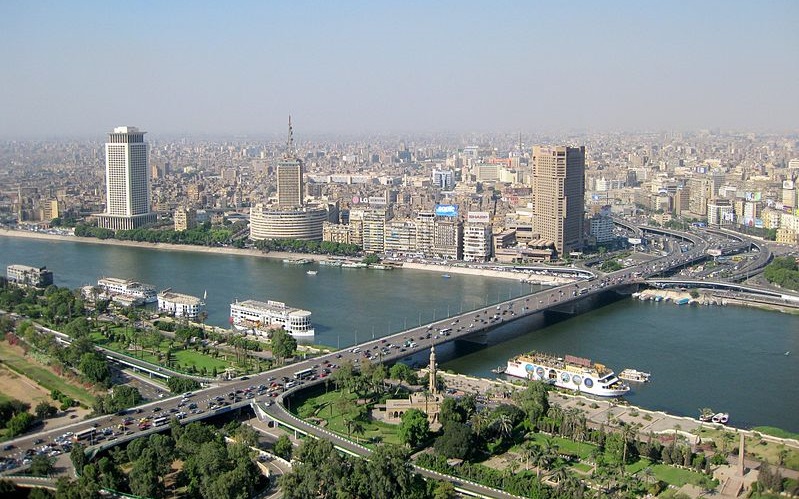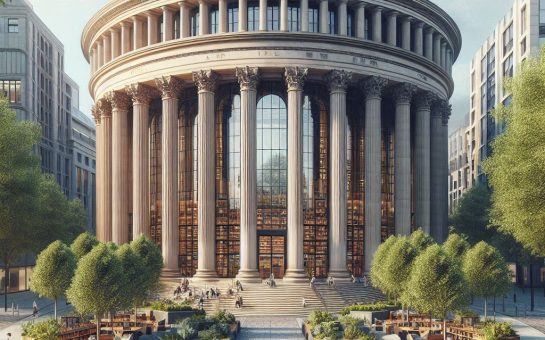Although Cairo has been the capital of Egypt for more than 1,000 years, it is so much more than just that.
In fact, Cairo is a city where there is always something to do, regardless of the time of year.
It is a city full of amazing sights and ancient stories, a capital in the middle of the desert, and a hidden gem for everyone who comes to visit.
Thanks to its abundance of tourist attractions (like the world-famous pyramids), a trip to Cairo is always in season.
#However, it can be hard to figure out which season is the best — until now.
Once you have your visa for Cairo, be sure to read this guide, which goes over each of the seasons in Cairo and helps you choose the right time to visit this stunning capital.
Winter
Winter is the best time to visit Cairo, as tourists can expect great weather with an average temperature of around 23°C (74 F).
The months between December and February are the best times to go sightseeing and visit museums without running into extreme heat.
However, it is also worth mentioning that winter is the peak tourist season, so be ready to brace the queues when visiting the main tourist attractions.
On the same note, hotel prices and airline tickets will also rise slightly due to the influx of tourists.
In January, one of the world’s largest and oldest book fairs takes place in Cairo.
The annual Cairo International Book Fair usually takes place towards the end of the month and features books from dozens of countries around the world.
On a similar note, another interesting winter event is the Festival of the Sun, which is held on 22 February every year and festival is dedicated to the ascension of Ramses II.
Spring
Spring in Cairo is an excellent time for travellers who wish to get acquainted with the local culture and traditions.
In fact, spring in Egypt is the best of both worlds: there are much fewer tourists, yet the average temperature is a pleasant 24 to 28°C (75 to 82 F).
It’s the perfect time to visit all of the local museums and famous sights without having to wait hours to buy a ticket.
The only downsides are the occasional sandstorms (due to strong winds) and a rainy day or two throughout the month.
Between March and April, the Contemporary Art Festival (D-CAF) is held in the center of Cairo.
The biggest art festival in the country, this three-week event is dedicated to international and local artists who come to showcase their latest works.
Spring is also the time when the most important Muslim holiday, Ramadan, takes place.
During the month-long celebrations, locals cannot eat or drink from sunrise to sunset.
Summer
Typically, the summer months are not the most attractive for tourists due to the blistering high temperatures.
In the first two months of summer (June and July), the temperatures can rise as high as 35°C (95 F).
To that extent, August can be unbearable for sightseeing, as the temperature may get up to 40 C (104F).
When booking a hotel, be sure to look for a place with air conditioning — without it, your trip may be very unpleasant.
However, such high temperatures come with a bonus: there are very few tourists at this time of the year.
If you can visit Egypt only in the summer, be sure to take advantage — this season is an ideal time to visit indoor museums like the Cairo Museum or the Museum of Egyptian Civilization.
Autumn
After a scorching summer, temperatures begin to drop and travel to Cairo becomes much easier.
In early September, the summer heat can still hover in the 30s C (80s F), but the temperature drops to 25 C starting from October.
The 22 September is the birthday of Ramses II, and the city hosts an additional Festival of the Sun to celebrate his coronation day.
If you are lucky enough to be on this holiday in Egypt, you can see a unique event.
Be sure to take a trip down to Abu Simbel, where the sun gradually shines through the temple and lights up the statues of Ramses, Ra, and Amun.
The effect was specially created as if the stone figure of the pharaoh seemed to glow from the inside.
In addition, autumn is ideal for visiting the famous Pyramids of Giza, as the weather is not very hot and there are no winds.
These pleasant conditions allow visitors to enjoy the trip without the need to shelter from the scorching sun or wind.
Featured image credit: Rjruiziii via Wikimedia Commons under CC BY-SA 3.0 license




